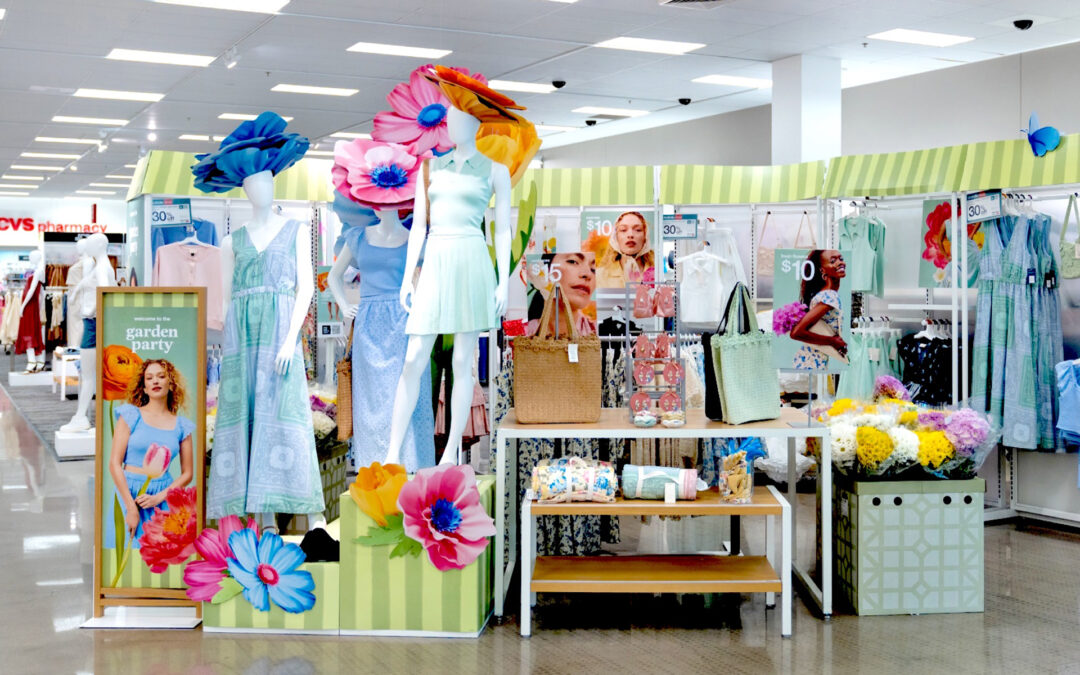The National Retail Federation reported retail sales bounced back strongly in January as inflation eased and incomes grew.
By retail sales channel, January sales results were:
- General Merchandise stores up 3.2% month over month seasonally adjusted and 3.4% unadjusted year over year
- Furniture and Home Furnishings stores up 4.4% month over month seasonally adjusted and 4.5% unadjusted year over year
- Health and Personal Care stores were up 1.9% month over month seasonally adjusted and 4.9% unadjusted year over year
- Building Materials and Garden Supply stores up 0.3% month over month seasonally adjusted and 3.4% unadjusted year over year
- Grocery and Beverage stores up 0.1% month over month seasonally adjusted and 5.3% unadjusted year over year
- Electronics and Appliance stores up 3.5% month over month seasonally adjusted but down 6.5% unadjusted year over year
- Sporting Goods stores up 0.2% month over month seasonally adjusted and 6.9% unadjusted year over year
- Clothing and Clothing Accessory stores up 2.5% month over month seasonally adjusted and 6.6% unadjusted year over year
- Online and Other Non-Store sales up 1.3% month over month seasonally adjusted and 5.7% unadjusted year over year
January’s results follow a 5.1% year-over-year gain in combined November-December holiday sales to $934.7 billion. Total 2022 retail sales as calculated by NRF advanced 7% to $4.9 trillion.
“Despite inflationary headwinds, January retail sales show the resiliency of consumers in how they manage their budgets and make decisions on how, when and where to spend their hard-earned dollars,” NRF president and CEO Matthew Shay said. “Retailers understand the needs of consumers and have in place the people, processes and technologies to meet consumers with the right inventory, competitive pricing and great experiences however consumers choose to shop.”
NRF Chief Economist Jack Kleinhenz added, “Consumer spending clearly picked up after the holidays. Sales were helped along by job and wage growth, slightly lower inflation and unusually warm and dry weather that preceded February’s record cold. A large cost-of-living adjustment gave Social Security beneficiaries more money to spend, and many consumers were still drawing on savings built up during the pandemic. January made up for the softer pattern of spending in December that came after early shopping pulled holiday spending forward this past fall.”





